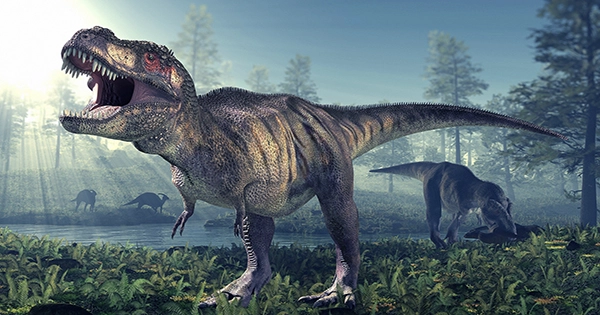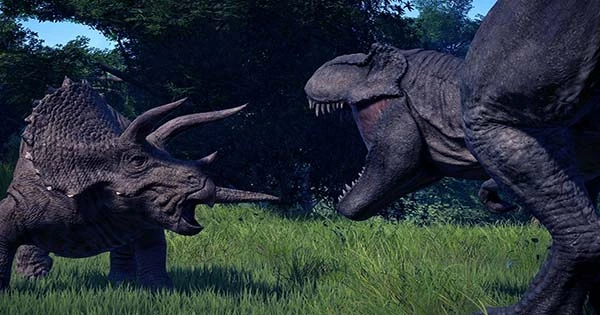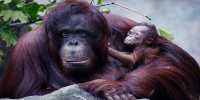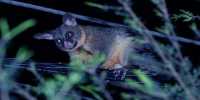A particularly well-preserved Psittacosaurus specimen was used to characterize a dinosaur’s butt orifice for the first time in 2021. The world’s attention is now focused on a different (kind of) hole found on the same animal: its belly button. “Wait, what?” you might be wondering. Join the group if you’ve never heard of dinosaurs having belly buttons. The find is the first of its kind on a pre-Cenozoic amniote, a group of creatures that includes mammals, birds, and reptiles. The study was published in the journal BMC Biology.
The unusual preservation of the Psittacosaurus specimen was critical in revealing dinosaur belly buttons. It was discovered in the Early Cretaceous Jehol Group of Liaoning Province, China, and is now housed at the Senckenberg Research Institute and Natural History Museum Frankfurt, where the paper’s authors were able to examine its abdomen using sophisticated equipment.

According to research author Michael Pittman, “the fossil represents an individual of the early ceratopsian dinosaur Psittacosaurus, an early cousin of Triceratops.” “The fossil was initially published in 2002, but we didn’t have the data we required to identify the belly button until we got high-resolution imaging generated by me and coauthor Thomas G Kaye using lasers.”
Epidermal scales, a keratinous jugal “horn,” a long plume of tail hairs, a cloaca, and even skin pigmentation patterns demonstrating whole-body countershading have been discovered in the extremely well-preserved soft tissues of the SMF R 4970 specimen, which is positioned on its back. SMF R 4970 may now add a belly button to its collection. Many people may be astonished to find that contemporary birds and reptiles also have belly buttons. The witness mark of a hole that formerly connected the growing embryo to the extraembryonic machinery that kept it nourished and oxygenated, on the other hand, normally fades away within days to weeks after hatching.
The belly button of Psittacosaurus is a fascinating find since the preserved specimen on which it was discovered was not a few days to weeks old when it died, making it the earliest preserved umbilical scar known to science. It was thought to be nearing sexual maturity, if not already there, showing that the “umbilicus” (as these scars are often known, though we prefer belly button) lasted the dinosaur’s whole life. It’s not unheard of in the animal realm for a belly button to last a lifetime. There are several animals (including humans) that maintain their belly buttons throughout their lives. The authors mention the rock pigeon, Columba livia, as a bird species that keeps its umbilicus until later in life.
Some reptiles, such as snakes and lizards, have a visible scar from their time in the egg. This might appear as a wrinkle in snakes, and it can change the shape of lizard scales. Psittacosaurus’ belly button is shaped like a lizard’s, with a line of paired scales that are bigger and malformed than those surrounding it, spanning down the midline of the abdomen wall. So, why did the scar on Psittacosaurus’ umbilicus persist?
“In extant reptiles, the umbilical scar varies. As a result, spotting one in a Psittacosaurus dinosaur specimen that is just shy of sexual maturity does not suggest that they will survive with age in other non-avian dinosaurs,” Pittman explained. “To find out, we’ll have to find more dinosaur belly buttons.” BRB, I’m going belly button hunting in the primordial era.















